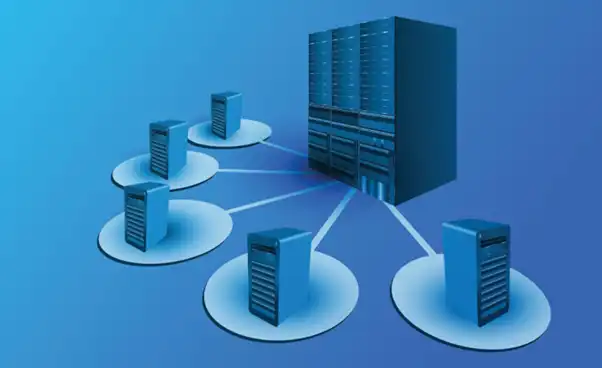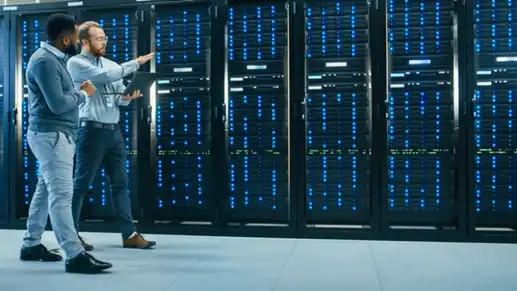The topic of computing clusters is one of the key concepts in computer science and information technology, used to increase processing power and efficiency in parallel processing. Here, using the provided data, we examine the principles and applications of computing clusters.

What is a Computing Cluster?
A computing cluster is a collection of servers or computers that are connected and work together in a coordinated manner to perform various processing tasks. In fact, a computing cluster is like a large processing unit formed by combining various resources and improves the ability to run programs and process data. Computing clusters are used to increase processing power, increase efficiency, and increase scalability. By combining the various resources provided by the cluster members, programs can be executed in parallel and their execution time can be improved.
Applications of Computing Clusters

Difference Between Cluster and Cloud
1- Location:
Cloud: Clouds are usually located in the internet space and provide computing resources and services to users through the internet.
Cluster: Clusters are located locally or internally within a limited network.
2- Flexibility and Scalability:
Cloud: One of the main features of clouds is high flexibility and scalability.
Cluster: In contrast, clusters have very little flexibility.
3- Management and Control:
Cloud: The management and control of clouds are usually done by cloud service providers.
Cluster: The management and control of clusters is usually the responsibility of the user or organization that has implemented the cluster.
Final Word
Computing clusters are not only a very powerful tool for parallel processing and large volumes of data, but also have wide applications in many industrial and scientific fields. Finally, the use of computing clusters not only helps to improve the performance of systems but also provides more opportunities for innovation and technological advancement.